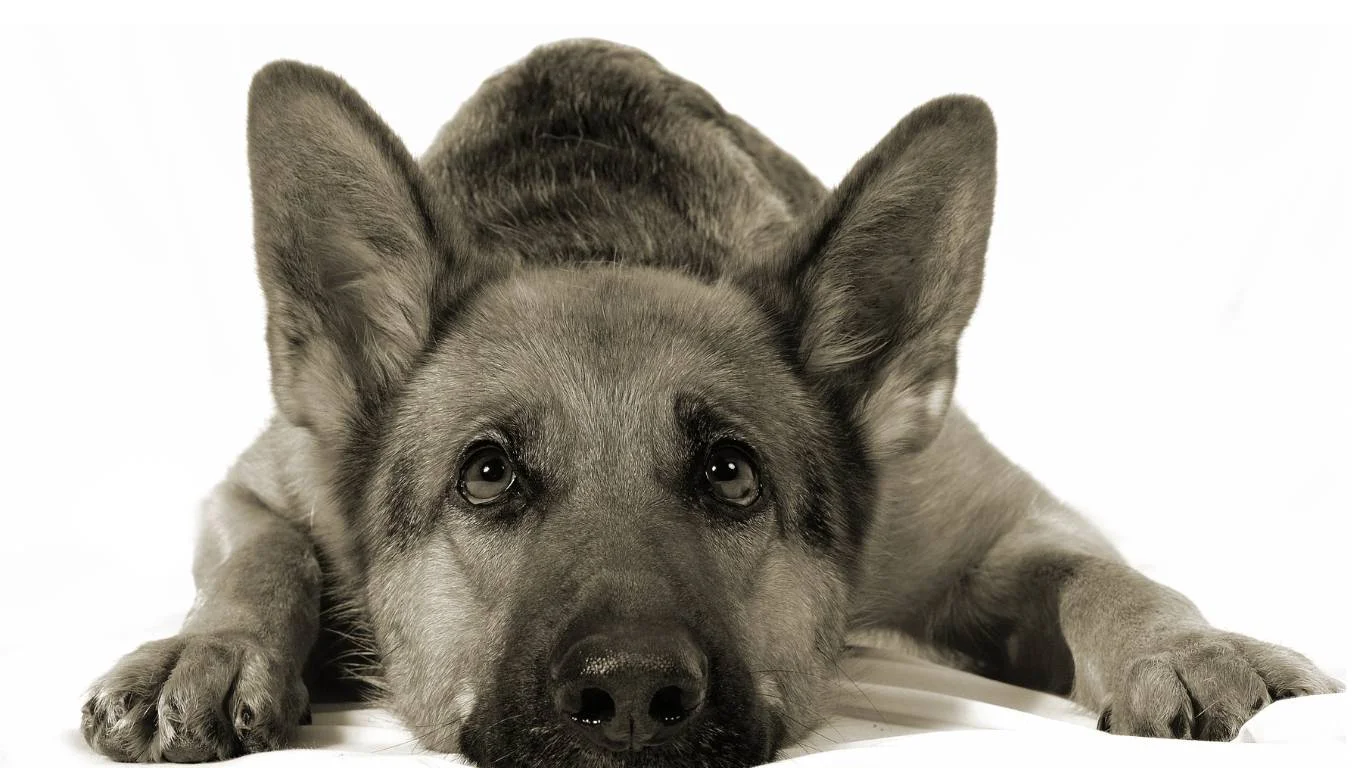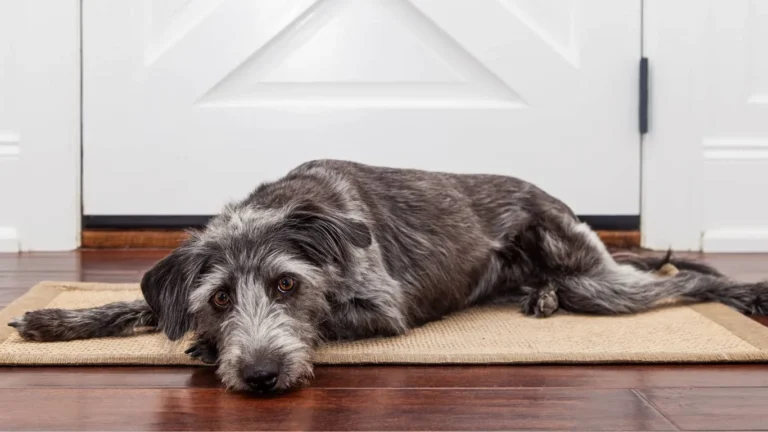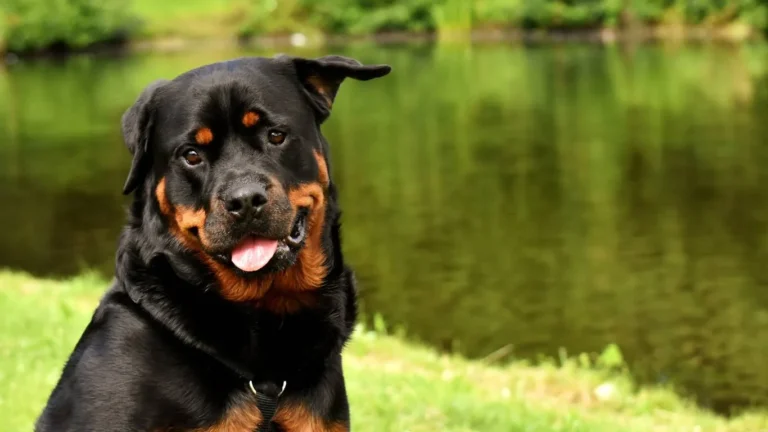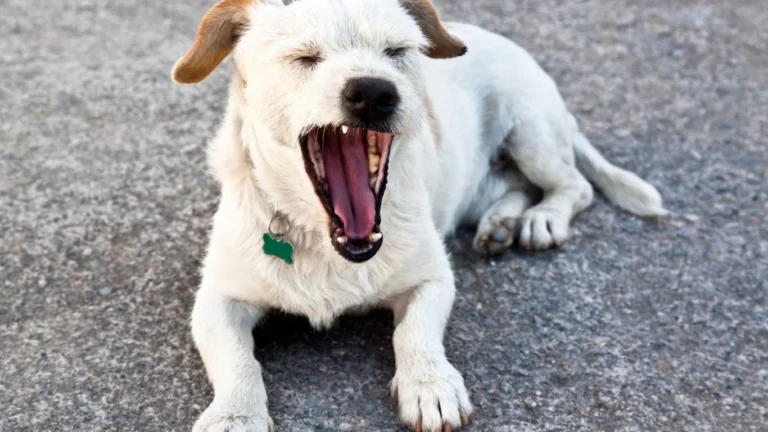Keep Your Dog’s Eyes Healthy as They Age – Must-Know Tips & Warnings!
As a pet nutritionist and pet care expert who has spent years working in veterinary clinics, I’ve seen firsthand how crucial it is to maintain your dog’s eye health as they age. Our furry friends rely on their vision more than we realize, and just like us, their eyesight can decline over time. The good news? There are plenty of simple ways to keep their eyes bright and healthy, and I’m here to share my best expert-backed tips with you!
Common Age-Related Eye Issues in Dogs

As dogs get older, their eyes go through changes—some are completely normal, while others might indicate a problem. Here are some of the most common eye conditions seen in aging dogs:
- Cataracts: A cloudy or bluish haze over the eye that can lead to vision impairment.
- Dry Eye (Keratoconjunctivitis Sicca): A condition where the eyes don’t produce enough tears, causing irritation.
- Glaucoma: Increased pressure inside the eye, which can lead to blindness if untreated.
- Nuclear Sclerosis: A normal aging change that causes a slight bluish tint but doesn’t affect vision significantly.
One of the earliest signs of trouble? Excessive tearing, squinting, or pawing at the eyes. If you notice any of these, a vet visit is a must!
How to Keep Your Dog’s Eyes Healthy as They Age
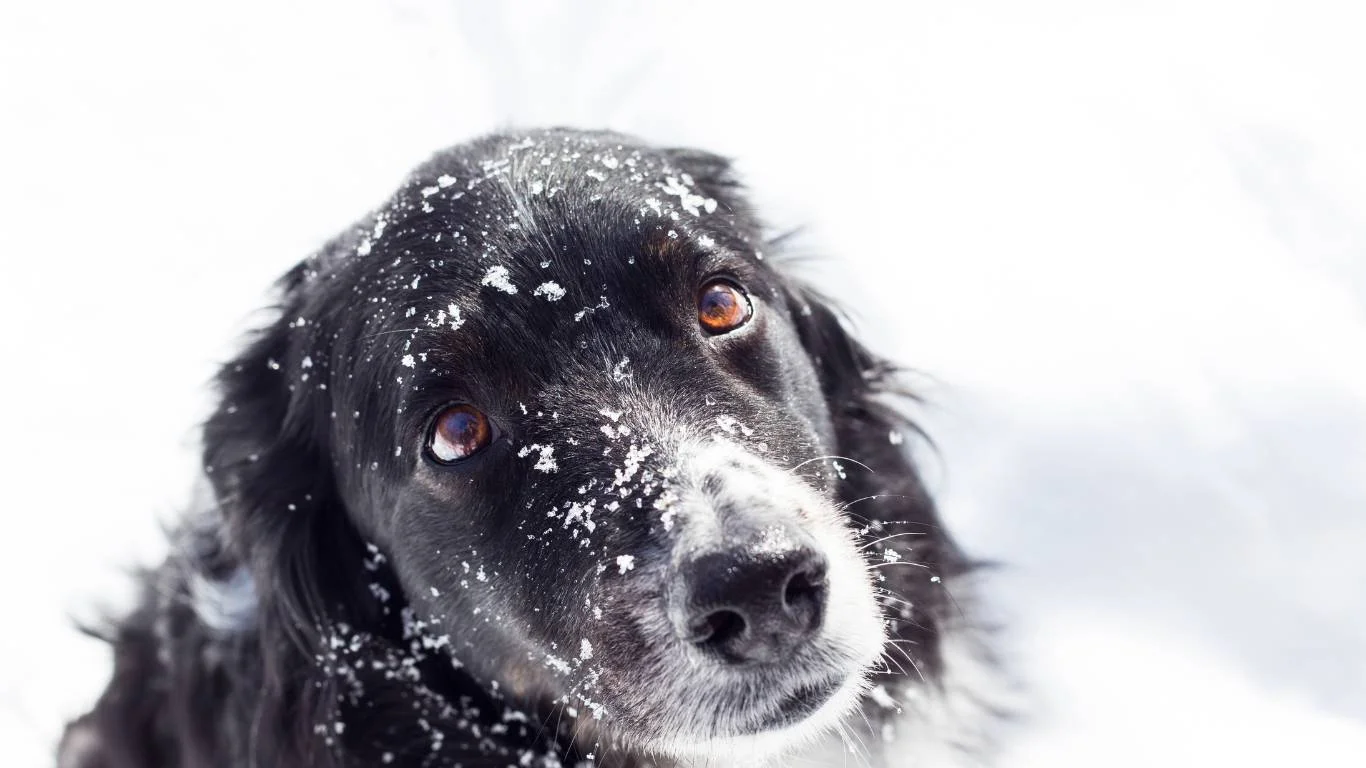
Eye health isn’t just about treating problems—it’s about prevention, too! Here are some key ways to protect your pup’s vision as they grow older.
1. Keep Their Face Clean
Sounds simple, right? But I can’t tell you how many dogs I’ve seen with eye infections caused by dirt, dust, and gunk building up around their eyes. Use a gentle, damp cloth or pet-safe wipes to clean around the eyes daily. Avoid using your fingers or rough materials—your dog’s eyes are delicate!
2. Provide an Eye-Healthy Diet
Nutrition plays a major role in eye health. I always recommend foods rich in antioxidants, omega-3 fatty acids, and vitamins A, C, and E. Some fantastic foods that support vision include:
- Blueberries – Packed with antioxidants that protect against oxidative damage.
- Carrots – A great source of beta-carotene, which supports night vision.
- Salmon – Full of omega-3s to reduce eye inflammation.
- Pumpkin – Rich in vitamin A for overall eye health.
If you’re unsure about your dog’s diet, consult a pet nutritionist (like me!) or your vet for personalized recommendations.
3. Regular Vet Checkups Are a Must
Even if your dog’s eyes look fine, annual or bi-annual vet visits can help catch potential issues early. A simple eye exam can reveal underlying problems that aren’t obvious to the naked eye. I always tell pet parents: prevention is cheaper (and easier) than treatment when it comes to eye diseases!
Spotting Early Warning Signs of Vision Problems
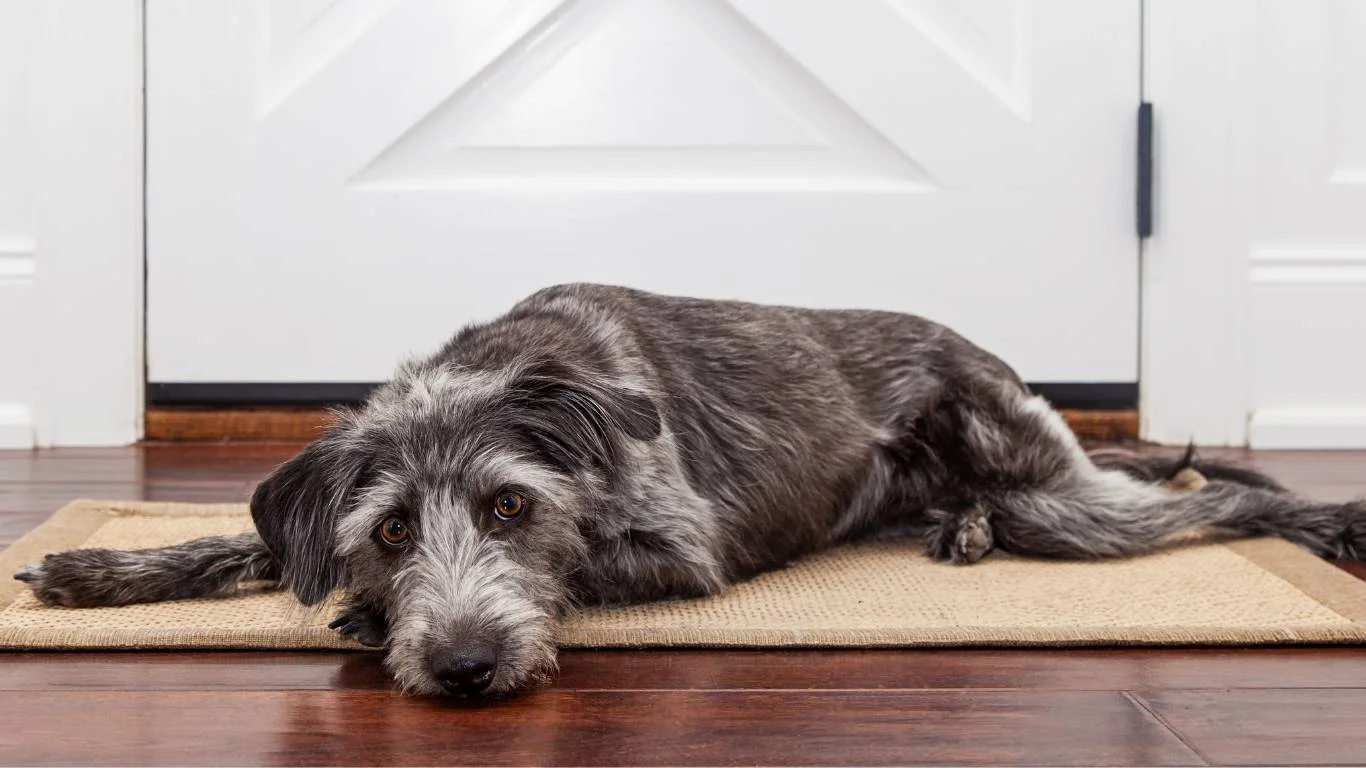
Wouldn’t it be great if our dogs could tell us when something’s wrong? Unfortunately, they can’t, so it’s up to us to pay close attention. Some red flags that might indicate vision issues include:
- Cloudiness or a bluish tint in the eyes.
- Frequent squinting or blinking.
- Increased eye discharge or excessive tearing.
- Bumping into furniture or walls.
- Pawing at the eyes or rubbing them against objects.
If you spot any of these, don’t wait—schedule a vet visit as soon as possible. The sooner you catch an issue, the better your chances of preserving your pup’s vision!
Essential Eye Care Tips for Senior Dogs

As dogs age, their eyes need a little extra TLC. Many pet parents don’t realize that simple daily habits can make a world of difference in preventing vision problems. Over the years, I’ve shared these tips with countless dog owners at the vet clinic, and they’ve helped keep so many pups’ eyes healthy well into their senior years!
1. Use Dog-Safe Eye Drops
If your dog suffers from dry eye or irritation, adding vet-approved lubricating eye drops to their routine can help. I’ve seen cases where chronic dry eye led to corneal ulcers simply because it was left untreated. Trust me—those tiny drops can be a game-changer!
Before using any product, always check with your vet. Some over-the-counter eye drops are safe, while others can do more harm than good.
2. Keep Their Environment Eye-Friendly
Ever noticed how some older dogs get startled easily? That could be because their vision is declining. Making small adjustments at home can help, like:
- Keeping furniture in the same place – This prevents them from bumping into things.
- Using night lights – These help dogs with poor night vision navigate the house.
- Trimming long hair around their eyes – Some breeds, like Shih Tzus, can have hair obstructing their vision.
One of my clients had a senior Labrador named Charlie who started hesitating before going downstairs. A simple fix? His owner installed a soft nightlight near the stairs, and Charlie moved around with confidence again!
3. Protect Their Eyes Outdoors
Whether it’s a windy day at the beach or a bright afternoon at the park, your dog’s eyes are exposed to dust, debris, and UV rays. If your pup enjoys outdoor adventures, consider:
- Dog goggles – They might look funny, but they provide serious protection!
- Keeping walks on grassy areas – Avoid dusty trails that can irritate their eyes.
- Wiping their face after outdoor play – A simple rinse can remove allergens and irritants.
One of my own dogs, Bailey, loved sticking his head out of the car window until he developed an eye infection from road dust. Since then, I always recommend limiting that habit or using protective goggles if they just can’t resist!
When to See a Veterinarian About Your Dog’s Eyes

While regular home care helps, some eye conditions require immediate veterinary attention. Knowing when to seek professional help can save your dog from unnecessary discomfort—or even permanent vision loss.
Warning Signs You Shouldn’t Ignore
If you notice any of these symptoms, don’t wait—get your pup checked out ASAP:
- Red or inflamed eyes – This could indicate infection, allergies, or even glaucoma.
- Sudden vision loss – If your dog suddenly starts bumping into objects, it’s an emergency.
- Persistent discharge – Thick, yellow, or green discharge may mean infection.
- Excessive blinking or squinting – This often signals pain or irritation.
- A visibly swollen eye – Could be a sign of injury or increased pressure (glaucoma).
One thing I always tell pet parents: if something seems off, trust your instincts. Eye issues can escalate quickly, so when in doubt, call your vet!
Supplements for Dog Eye Health: Do They Work?

In recent years, more dog owners have been asking me about supplements for eye health. And honestly? Some of them can be incredibly beneficial! The key is choosing the right ones.
Best Supplements for Canine Eye Health
If you want to give your pup’s vision an extra boost, here are some of the top ingredients to look for:
- Omega-3 Fatty Acids: Reduce inflammation and support overall eye function.
- Lutein & Zeaxanthin: Powerful antioxidants that protect against retinal damage.
- Vitamin A: Essential for good night vision and preventing age-related decline.
- Bilberry Extract: Helps strengthen capillaries in the eyes and improve circulation.
One of my favorite brands for canine eye health supplements is one that includes a mix of these ingredients in safe, vet-approved doses. Always consult with your vet before starting any supplement, though—what works for one dog might not be ideal for another.
Remember, supplements work best when combined with a nutritious diet, regular vet visits, and good eye care habits!
Natural Remedies to Support Your Dog’s Eye Health

Beyond traditional vet care and supplements, many dog owners ask me if there are natural remedies to keep their pup’s eyes in top shape. And the answer is—yes, absolutely! While these remedies should never replace veterinary treatment, they can work wonderfully alongside a solid eye care routine.
1. Chamomile Tea Eye Wash
Chamomile isn’t just for relaxation—it has natural anti-inflammatory and antibacterial properties that can soothe mild eye irritation. If your dog’s eyes seem a little red or tired, try this:
- Brew a cup of chamomile tea and let it cool completely.
- Dip a clean cotton pad into the tea and gently wipe around your dog’s eyes.
- For extra relief, use a dropper to apply a couple of drops into each eye.
I’ve personally used this trick with dogs who get seasonal allergies, and it’s been a lifesaver for calming minor eye irritation!
2. Carrot and Blueberry Treats
We’ve talked about nutrition before, but if you want an easy way to sneak in some vision-boosting antioxidants, try making simple homemade dog treats using carrots and blueberries. Here’s my go-to recipe:
- Blend 1 cup of carrots and ½ cup of blueberries with 1 egg.
- Add 1 cup of oat flour and mix until it forms a dough.
- Roll into small balls and bake at 350°F (175°C) for 15 minutes.
Not only are these treats great for eye health, but they’re also a hit with picky eaters!
3. Coconut Oil for Tear Stains
If your dog gets those stubborn tear stains around their eyes, a little coconut oil can help break down the buildup and prevent further staining. Just dab a tiny amount onto a cotton pad and gently wipe around the stained area. This works especially well for white-coated breeds like Maltese and Poodles.
How to Help a Dog with Vision Loss Adapt
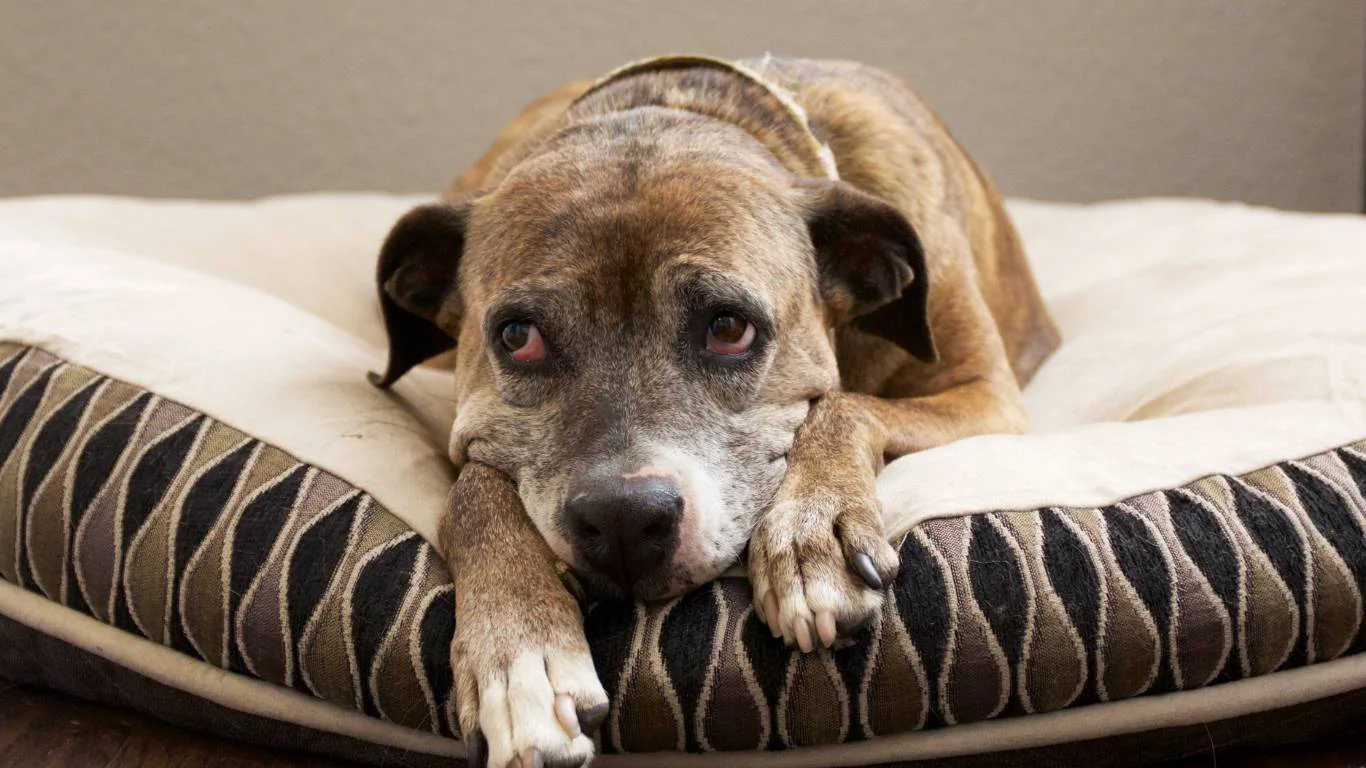
Despite our best efforts, some dogs will experience partial or complete vision loss as they age. This can be a heartbreaking transition, but I’ve seen firsthand how resilient dogs can be when given the right support.
1. Stick to a Consistent Routine
Dogs with vision impairment rely heavily on their memory and other senses to navigate their world. To make their life easier:
- Keep furniture and food/water bowls in the same spot.
- Avoid rearranging the house unless absolutely necessary.
- Use textured rugs or mats to mark different areas of the home.
One of my clients had a blind senior Beagle, and simply adding textured mats near the doorways helped him know where he was in the house!
2. Use Verbal Cues and Sound Signals
Since your dog can’t rely on their sight, adding verbal commands and sound-based navigation can make a world of difference. Some helpful tricks include:
- Teaching directional cues like “step up” and “step down” for stairs.
- Wearing a small bell when walking so your dog can follow your movement.
- Using clickers or squeaky toys for positive reinforcement.
3. Try Scent Markers
Dogs have an incredible sense of smell, so using different scents can help them recognize important locations. Try dabbing a small amount of lavender oil near their bed and a different scent near the door to help them navigate.
Final Thoughts on Keeping Your Dog’s Eyes Healthy
Taking care of your dog’s eyes doesn’t have to be complicated, but it does require consistency. By incorporating a combination of proper nutrition, routine vet visits, protective measures, and natural remedies, you can help your pup maintain clear vision well into their golden years.
And remember—early intervention is key! If something seems off, don’t wait. The sooner you address eye issues, the better your chances of preventing long-term damage.
References
- American Kennel Club (AKC) – Canine Health & Nutrition
- ASPCA – Pet Health Guidelines
- American Animal Hospital Association (AAHA) – Veterinary Insights
- Cornell University College of Veterinary Medicine – Canine Ophthalmology
Disclaimer
This article is for informational purposes only and does not replace professional veterinary advice. Always consult your veterinarian before making any changes to your dog’s health routine.
